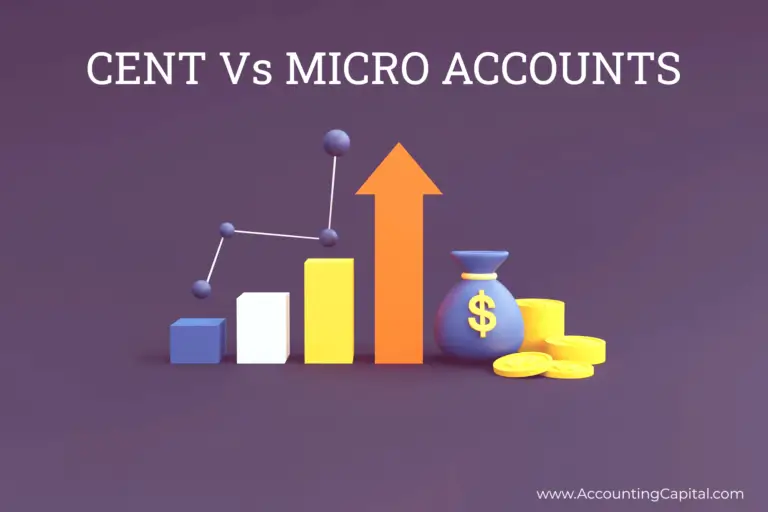Technology has made managing finances quicker and easier, from instant transfers to tap-and-go payments. One popular innovation is zero balance savings accounts – a financial solution that provides flexibility and simplicity.
A zero-balance savings account is a bank account with no minimum monthly balance requirement. Unlike regular savings accounts that require maintaining a certain balance, a zero balance account allows you to keep your balance at zero or whatever amount works for you. You’re not tied to any minimums.
Whether you want to start saving or need a reliable emergency fund, a zero-balance savings account offers numerous benefits. Let us begin a digital banking journey that gives you power over your money without all the hassle of maintaining a minimum balance! This guide will walk you through opening a zero-balance account online, step by step.
Why Should You Consider Opening a Zero Balance Account?
There are many reasons to open a zero-balance account online.
Convenience: Opening a zero-balance savings account online is incredibly convenient. You can open one using your phone or your laptop. It can save you time and help avoid hassle.
Secure Access: With a zero-balance account, you can deposit or withdraw funds whenever necessary. This flexibility ensures your money is always accessible when you need it.
Interest Earned: Even though it’s a zero-balance account, you can still make interest on the money you keep there.
Emergency Fund: A zero-balance account can serve as an emergency fund. You’ll have funds for unexpected expenses or emergencies by keeping a certain amount in the account.
Modern Features: Zero-balance accounts often have up-to-date features that enhance your banking. These include mobile apps, online banking, and 24/7 customer support!
Overall, opening a zero balance account online provides simplicity, flexibility and accessibility that can benefit your finances. Additionally, another financial tool you might be interested in is a lifetime free credit card!
Opening a Zero-Balance Savings Account Online – Steps On Opening An Account
Now that you get the benefits of a zero-balance savings account, here are the quick and easy steps to open one online:
Step 1: Go to the bank’s official website
Visit the bank’s website or app on your phone or laptop. Go to the website page, where it shows you can open a new savings account. Click on it and enter your mobile number to get started with the process online. The bank will then send an SMS or call to verify it’s you applying for the account. This confirms only you can access the account.
Step 2: Gather the required documents
To open a zero-balance savings account online, you must provide some personal info and documents. The typical documents include:
- Aadhaar Card: If you have it, you won’t require any other identity or address proof.
- Address Proof: You will need a driver’s license or a passport to prove your address.
- Form 16 (if needed): If you don’t have a PAN card, you can provide Form 16 from your employer to show TDS was deducted from your salary.
- Passport Photos: Have two recent passport-sized photos ready for the application process.
Ensure these are ready to upload photos or scan/send copies as required during the online account opening process.
Step 3: Do the Video KYC verification
Many banks let you complete the process online for KYC (Know Your Customer) checks. During this step, allow the bank access to your phone’s camera, microphone and location. Then, a video call with a bank representative will confirm your identity.
During the video call:
- Follow the representative’s instructions.
- Show your valid ID and address proof to the camera.
- The representative may ask you a few questions to confirm your application for the account.
The video KYC verification ensures the bank knows who they’re opening an account for in an easy and convenient online process.
Step 4: Login and start using your account
Once you complete the video KYC check, the bank will give you a customer ID and account number. Use those login details to access your new zero-balance savings account through the bank’s website or app.
From there, you can:
- Transfer funds into your account
- Make deposits
- Withdraw money
- Check your balance
- Benefit from your newly created account!
You now have full access to manage your account and take advantage of the flexibility, simplicity and control a zero-balance savings account provides.
In conclusion, zero-balance savings accounts and lifetime free credit cards are useful financial tools that simplify your banking experience. Opening a zero balance account online provides convenience, security and flexibility, while a free credit card offers cost savings and potential rewards. Take advantage of these modern options to gain more control over your finances now!
If you also want to know, “What is a debit card?” It’s a card that allows you to access the money in your savings account to make purchases. You can access it right from your main bank account! You can consider getting a debit card, your zero balance savings account, and a free credit card to enjoy the full range of possible financial benefits. With these three tools – a zero balance account, free credit card and debit card – you’ll have a complete financial system that works only for you!
FAQs
What is a lifetime free credit card?
A lifetime free credit card is a credit card with no annual fee. Yet you still get all the benefits and features of a regular credit card. The “free for life” part means big savings long-term.
What is a debit card?
Did you know that a debit card connects to your bank account? It’s a convenient way to access your funds without carrying cash around. It lets you make purchases, withdraw cash from ATMs and make online payments using funds from your linked account.
Can I still earn interest on a zero-balance savings account?
Yes! Although zero-balance savings accounts are designed for no money in the account, you can still receive interest on any funds deposited. The interest rates may vary between different banks and institutions.

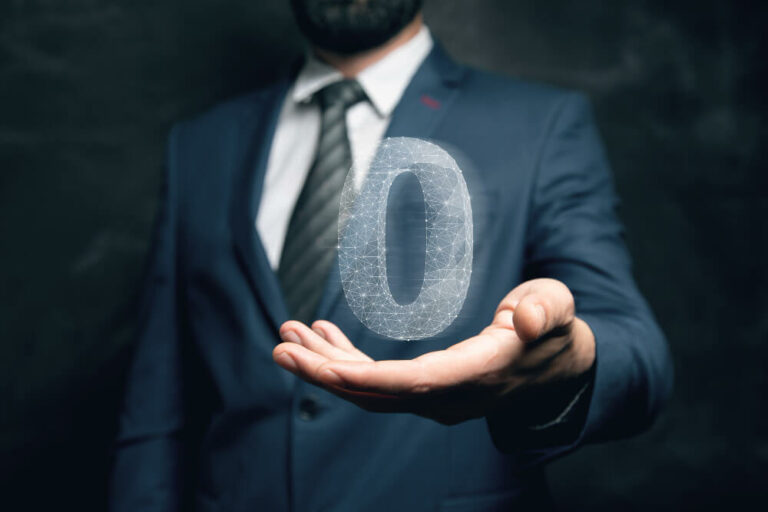
 Related Topic –
Related Topic – 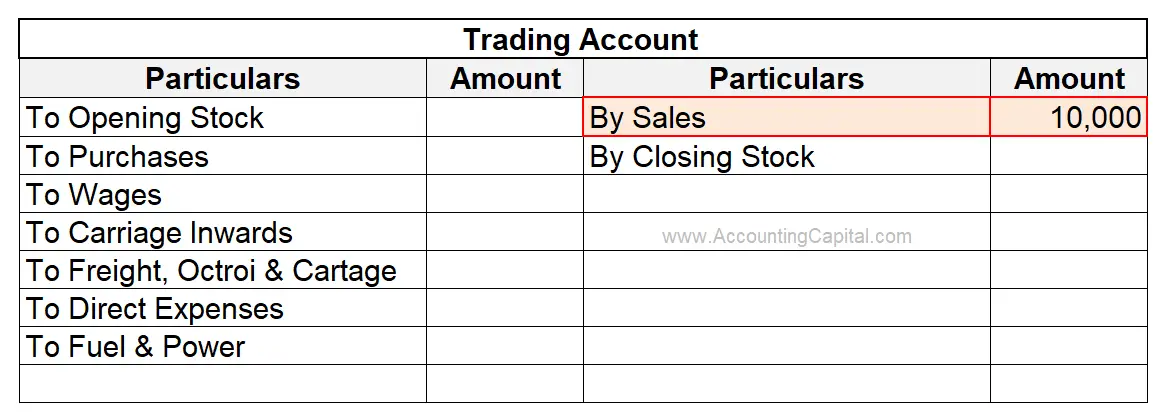
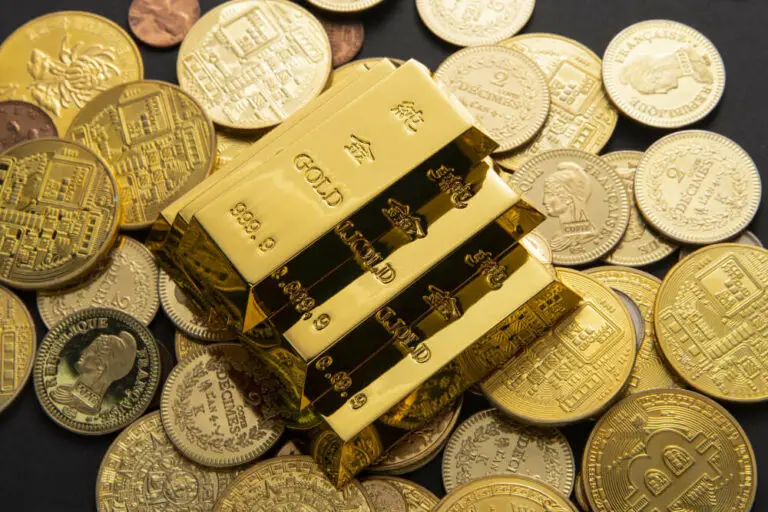
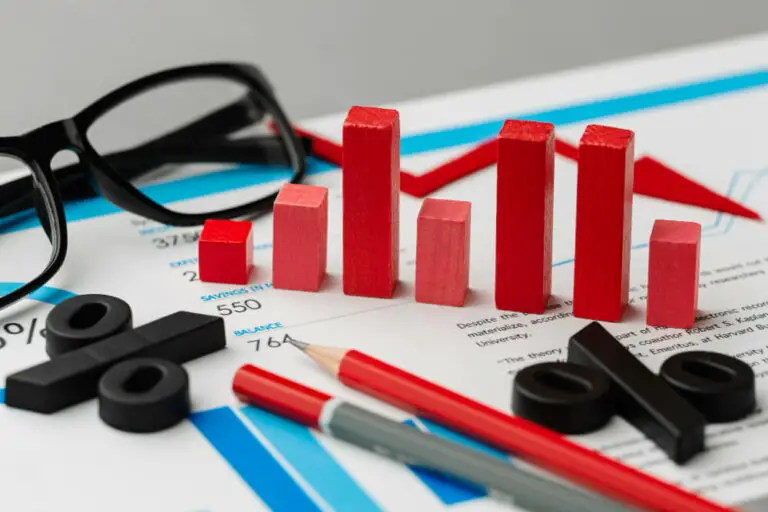
 So, if you hear someone say, “We have a debit balance in our Profit and Loss account”, it’s like saying, “We spent more than we earned. We have a loss!”. Therefore Debit Balance of Profit and Loss Account means “Loss” or “Net Loss” for a business.
So, if you hear someone say, “We have a debit balance in our Profit and Loss account”, it’s like saying, “We spent more than we earned. We have a loss!”. Therefore Debit Balance of Profit and Loss Account means “Loss” or “Net Loss” for a business.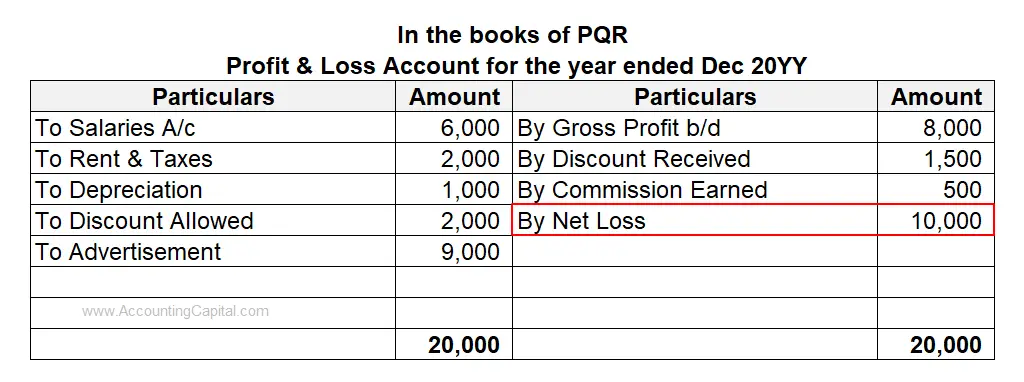 In the above example, the debit total is 20,000, and the credit total is 10,000. The balance of 10,000 on the credit side represents the balancing figure, which has been highlighted in red.
In the above example, the debit total is 20,000, and the credit total is 10,000. The balance of 10,000 on the credit side represents the balancing figure, which has been highlighted in red.

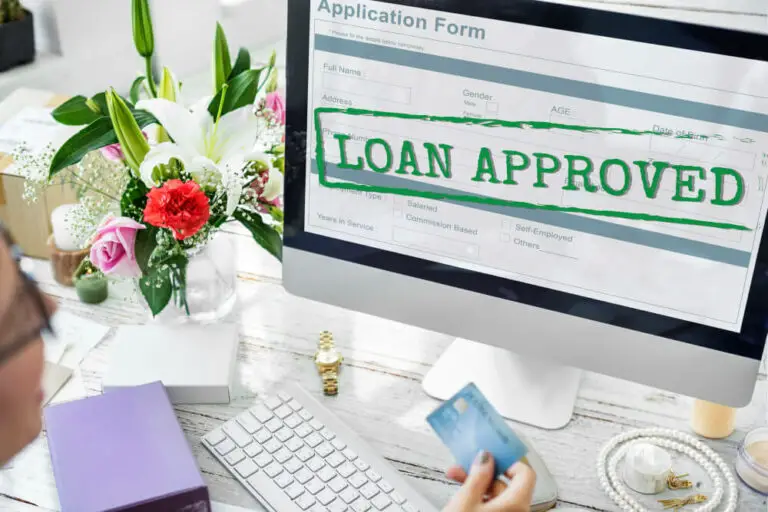
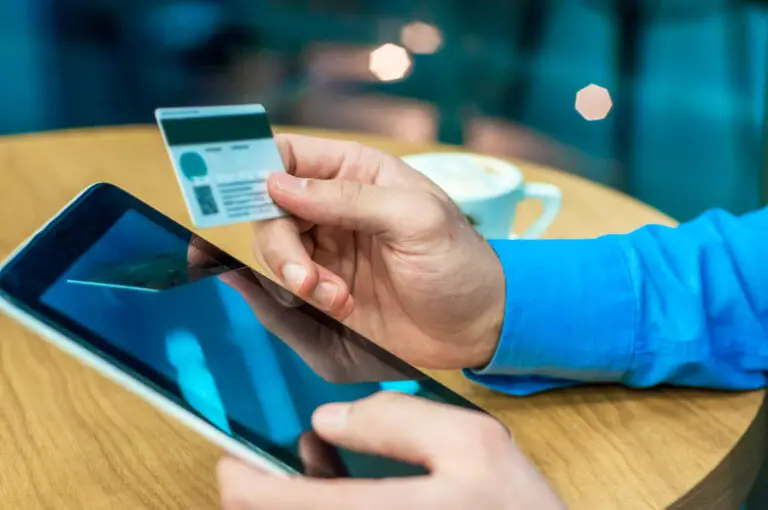
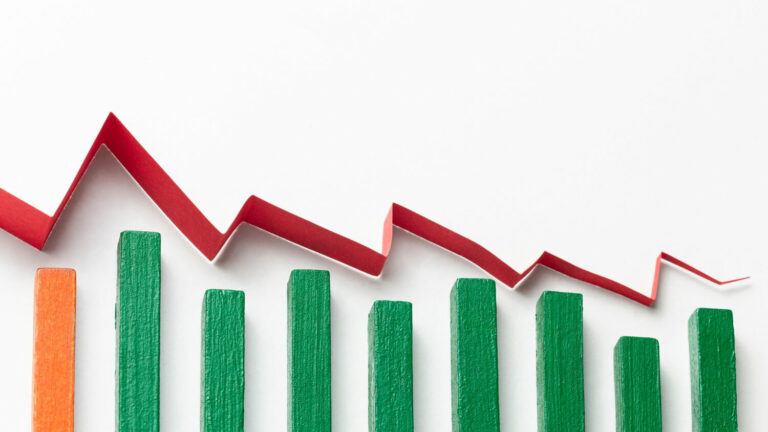
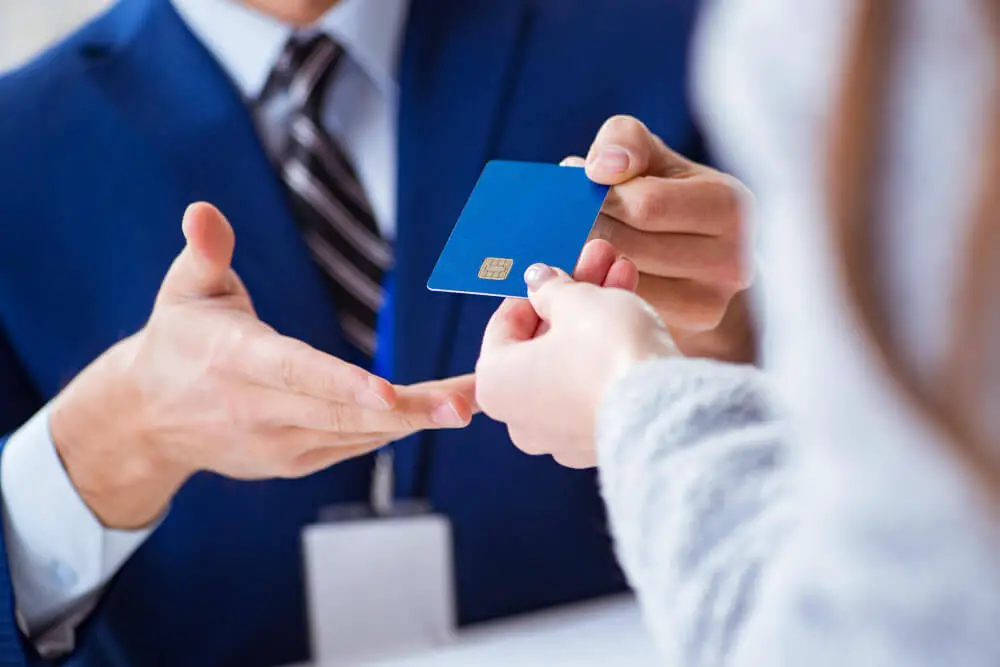







 Related Topic –
Related Topic – 
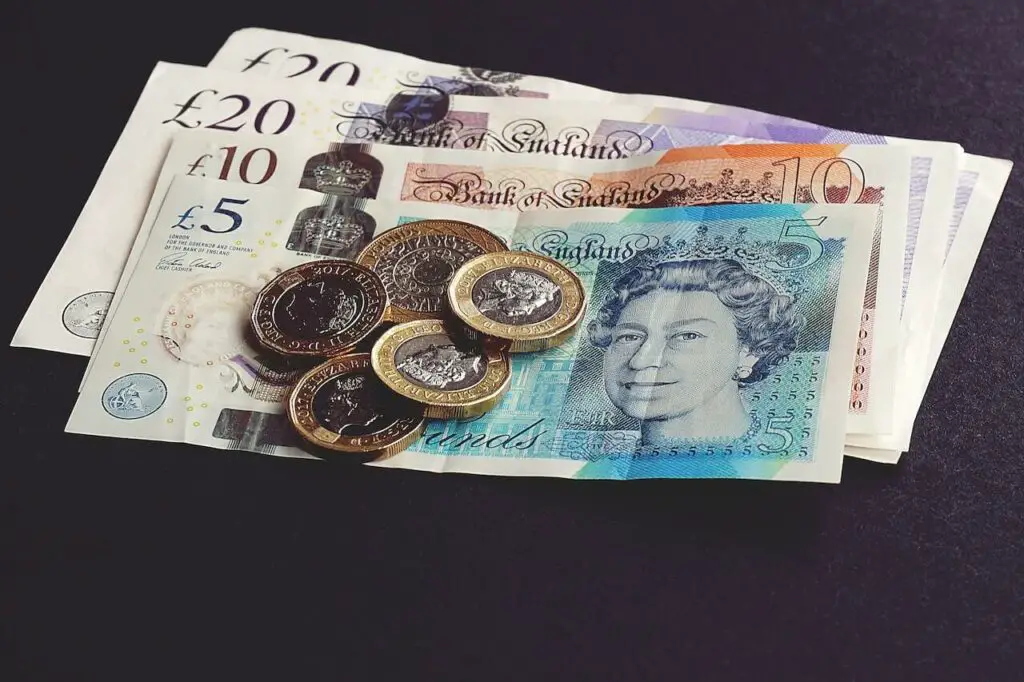

 In the above example, the debit total is 22,000, and the credit total is 92,000. The balance of 70,000 represents the balancing figure, which has been highlighted in red.
In the above example, the debit total is 22,000, and the credit total is 92,000. The balance of 70,000 represents the balancing figure, which has been highlighted in red.

